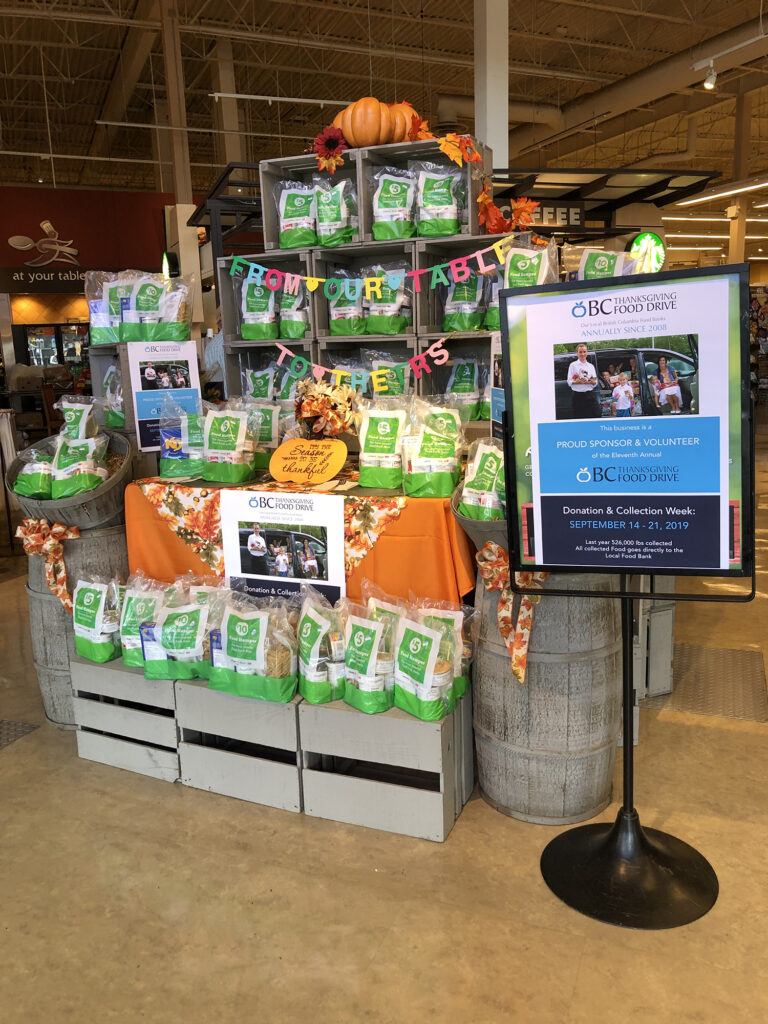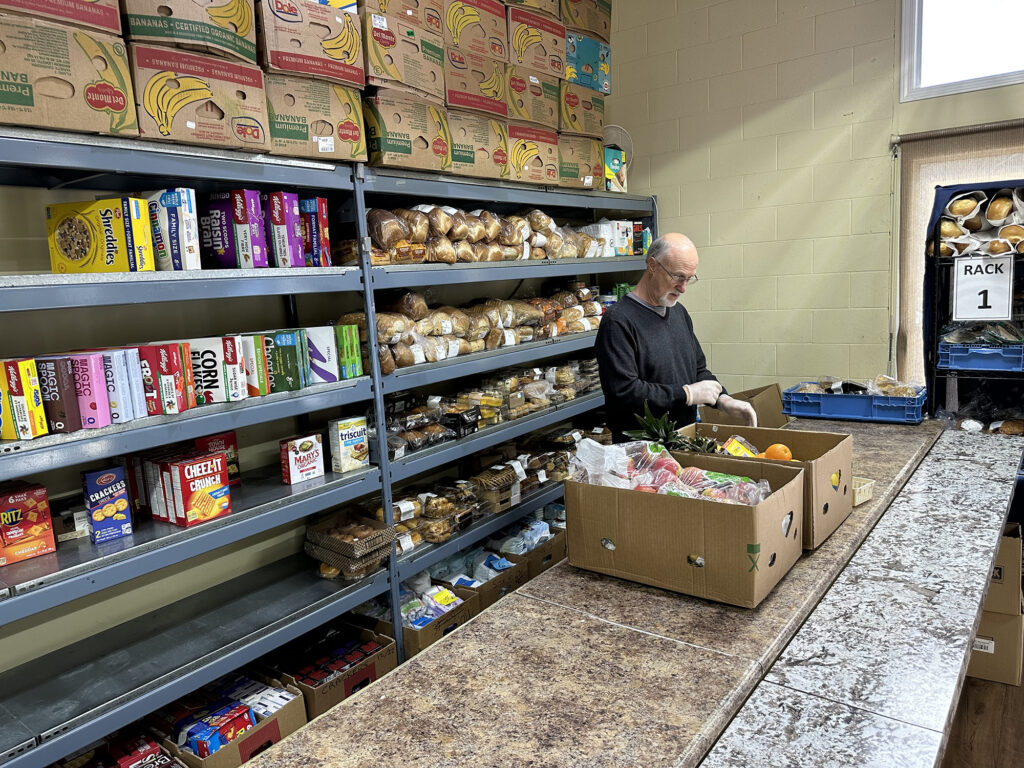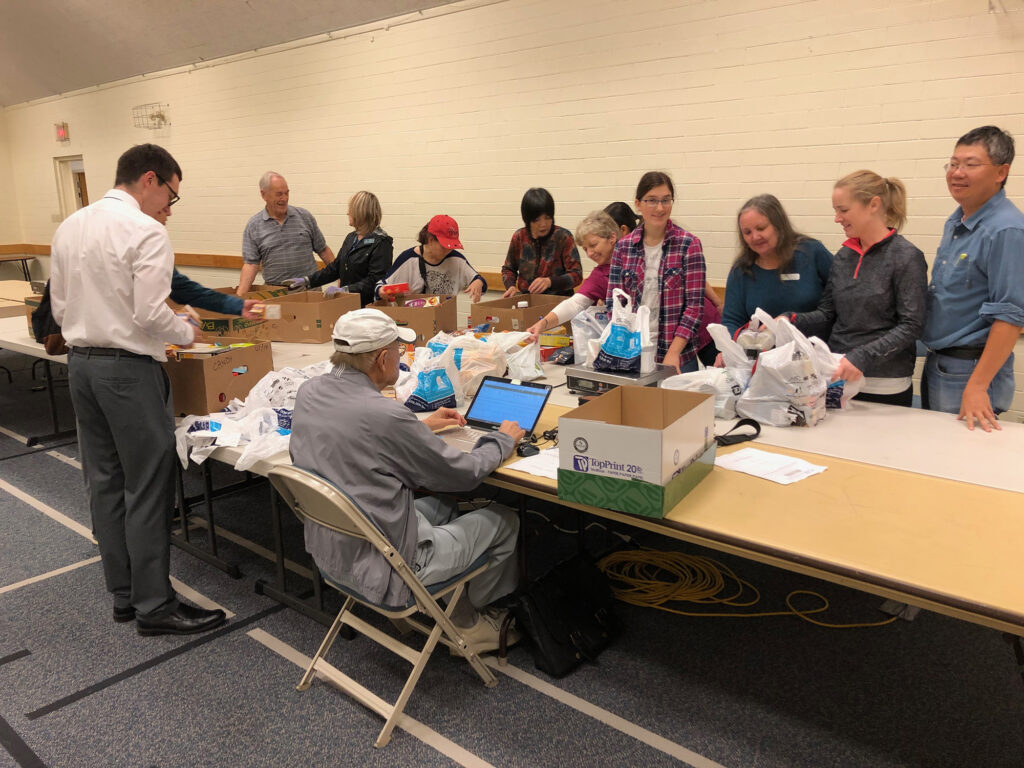Many of us are only dimly aware of the large number of people in our society who struggle to obtain the necessities of life. Yet, in our own province, more than 100,000 people turn to local food banks each year in order to acquire the sustenance they need. Those who do come are from the most vulnerable segments of our communities. Over half of all households that rely on food banks are families with children; half of these again are headed by single parents. In total, almost 40% of recipients of food bank assistance are under the age of 14 years. Other vulnerable groups include low-wage earners, those with inadequate employment, and people on disability and income assistance.

About Hunger
Who benefits from food banks?

Why is it so difficult for some to meet their basic needs?

The challenge of providing support to those who do not have enough food is only increasing. Economic projections clearly now reveal that the rise of food prices in our country is far outpacing the general rates of income growth and inflation and will continue to do so for the next decade or more. Increasing transportation and housing costs are also having a pronounced effect on our communities, leaving many people without the ability to pay for their basic needs. Because food is generally the most flexible major household expense, nutrition is often neglected when hard choices need to be made.
Food banks need our help.

Food banks in British Columbia have come under increasing pressure as more and more people look to them for help. Across the province, roughly a third of our food banks are reporting that they simply do not have enough food to meet current requirements. The vast majority of them receive no forms of government aid, relying instead on the generosity of private groups and individuals for financial and material support.
